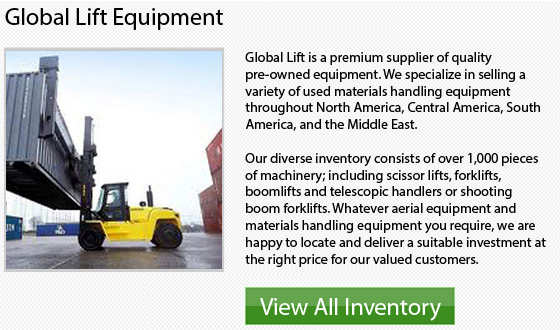
Lift truck Battery Dangers
The best choice of forklifts for a lot of supply outlets or warehouses are electric models that are required to transport equipment and heavy items out of and into storage. These machines are battery powered with large batteries enabling the lifting of heavy cargo. Typically, warehouse personnel are responsible for swapping out the batteries or recharging them during a shift. Though these batteries have been developed and designed with safety as the main concern, there are still several problems a user must be aware of and stuff to be avoided when in the vicinity of the batteries.
Weight
Several forklift batteries could weigh as much as 2000 lbs. or 1 ton, depending upon the type. These extreme weights factors would require mechanical assistance to safely charge and change the battery. About 50 percent of all lift truck battery-related injuries are caused by incorrect lifting and moving these heavy pieces of machines. At times jacks, other forklifts or even specialized carts are utilized in order to move and transport heavy batteries. The overall success of utilizing these pieces of machinery would really depend upon how the handler securely affixes the battery to the cart. Unfortunately, severe injuries can occur because of falling batteries.
There are strict protocols in the industry which describe when and how a lift truck battery must be charged. Most companies have extensive policies and rules describing the safest way to remove the forklift battery in a safe and efficient manner.
Corrosives
In order to handle them, it is essential to realize the battery is filled with corrosive liquids that require you to follow safety measures. Two of the most common lift truck battery kinds include potassium hydroxide and sulfuric acid. These are both really corrosive materials which could cause chemical burns to the hands, skin, eyes and face.